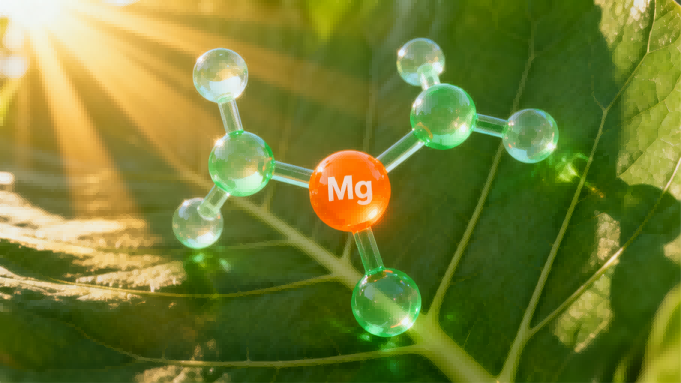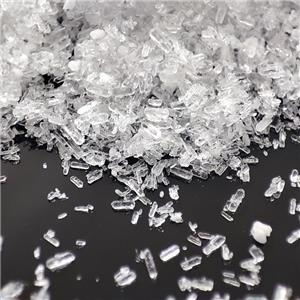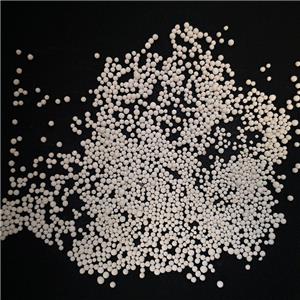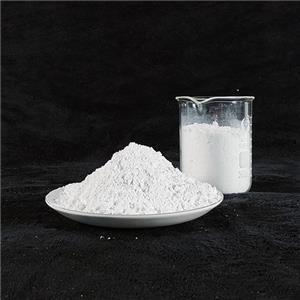Can magnesium be used as fertilizer?
Magnesium: The Overlooked Engine of Plant Nutrition, a Hidden Hero in Modern Agriculture
When discussing plant fertilizers, we usually think of the "big three" elements: nitrogen, phosphorus, and potassium. However, beneath their dazzling halo, there is another element, though required in relatively small quantities, that plays an irreplaceable role—magnesium. The answer is yes, magnesium is not only used as a fertilizer, but also an indispensable hidden hero in achieving high yields and quality in modern agriculture.
I. Why is Magnesium So Important? The "Heart" of Photosynthesis
The core value of magnesium for plants lies in its central role in photosynthesis.
The core component of chlorophyll: Magnesium is the only metal atom in the chlorophyll molecule, located at the center of the chlorophyll structure. Without magnesium, chlorophyll cannot be formed. Chlorophyll is the "factory" in which plants capture solar energy and convert carbon dioxide and water into carbohydrates (sugars). Magnesium deficiency directly leads to hindered chlorophyll synthesis, causing a sharp decline in photosynthetic efficiency.

Magnesium is an enzyme activator: it acts as a "starter" for many key enzymes, activating their activity in plants and participating in protein synthesis, fat metabolism, and vitamin formation. It serves as a bridge between energy transfer and metabolism.
In short, magnesium is the "energy converter" that transforms sunlight into chemical energy, one of the most fundamental driving forces for plant growth.
II. Warning Signs of Magnesium Deficiency in Crops When the soil supply of magnesium is insufficient, plants will send out obvious "SOS signals," the most typical symptom being interveinal chlorosis.
Early Symptoms: These first appear on older leaves because magnesium is a mobile element within plants; when insufficient, the plant will transfer magnesium from older leaves to rapidly growing new tissues.
Typical Characteristics: The veins of the leaves remain green, while the area between the veins gradually fades, turning from green to yellow, and even white. In severe cases, the entire leaf will yellow, wither, and fall off prematurely.
Consequences: Reduced photosynthesis leads to stunted crop growth, dwarfed plants, reduced fruit yield, and decreased quality (such as lower sugar and vitamin content).
Magnesium deficiency is more likely to occur in highly acidic, sandy, and heavily leached soils, or in fields where excessive potassium or calcium fertilizers have been applied.

III. Common Types of Magnesium Fertilizers and Application Methods Magnesium fertilizers used in agriculture come from various sources and can be selected based on soil conditions and planting needs.
Magnesium Sulfate: One of the most common and fastest-acting magnesium fertilizers, containing both magnesium (approximately 10%) and sulfur (approximately 13%). It is easily soluble in water and can be used as a base fertilizer, top dressing, and is especially suitable as a foliar fertilizer to quickly correct magnesium deficiency symptoms.
Magnesium Oxide: Alkaline, with a high magnesium content (approximately 55%). Suitable for acidic soils, supplementing magnesium while neutralizing soil acidity.
Magnesium Hydroxide: More alkaline, also used to improve acidic soils.
Calcium Magnesium Phosphate Fertilizer: A commonly used phosphate fertilizer, also containing significant amounts of magnesium (approximately 8-12%) and calcium. An economical and efficient choice for soils requiring simultaneous phosphorus and magnesium supplementation.
Dolomite Powder: A natural mineral, primarily composed of calcium carbonate and magnesium carbonate. It is a long-acting, slow-release magnesium fertilizer and soil conditioner that provides a stable and sustained supply of magnesium and calcium, and improves acidic soils.
IV. Conclusion: Emphasizing Magnesium Fertilizer, Balanced Fertilization is Key
In modern agriculture pursuing high yields, the excessive consumption of nitrogen, phosphorus, and potassium often exacerbates the imbalance of magnesium in the soil. We can no longer regard magnesium as a secondary factor. It is the green bridge connecting sunlight and life, and a crucial link in ensuring crop health and improving fruit quality.
Therefore, scientific farmland management should be based on soil testing and implement a balanced fertilization strategy. While focusing on "macronutrients," it is essential to supplement the soil with these indispensable "micronutrients" so that magnesium can truly exert its powerful role as a "plant nutrition engine" and lay a solid foundation for the sustainable development of agriculture.




